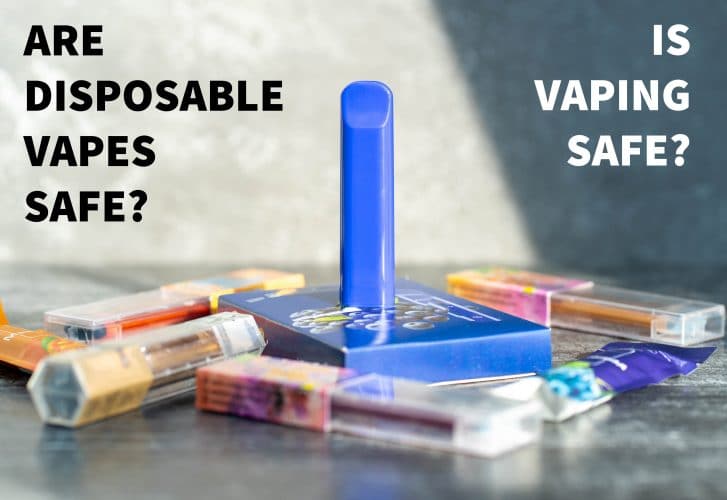In recent years, Cake Disposables Vaps has surged in popularity as an alternative to traditional smoking, particularly among the younger demographic. The appeal of electronic cigarettes lies in their promise of reduced harm compared to combustible tobacco products. However, navigating the complex landscape of vaping requires an understanding of the myths and realities surrounding this trend.
Myth: Vaping is Completely Harmless Reality: While it is true that vaping eliminates many of the harmful substances associated with burning tobacco, it is not entirely risk-free. E-cigarettes contain a liquid known as e-liquid or vape juice, which is heated and inhaled as a vapor. These liquids often contain nicotine, which is addictive and can have adverse effects on the cardiovascular system. Furthermore, the long-term health impacts of inhaling the chemical compounds present in e-liquids are still not fully understood.
Myth: Vaping is a Safe Alternative for Non-Smokers Reality: Vaping was initially marketed as a smoking cessation tool, but it has also gained popularity among individuals who have never smoked before. This has raised concerns about the potential for young people to develop a nicotine addiction, which can lead to a gateway to smoking traditional cigarettes. The fruity and appealing flavors of vape juices have contributed to their popularity among adolescents, leading to worries about their increased susceptibility to nicotine addiction.
Myth: Vaping Helps Quit Smoking Successfully Reality: While some smokers have successfully used vaping as a means to quit traditional cigarettes, the success rate is variable and not as straightforward as initially thought. The addictive nature of nicotine means that many individuals may end up dual-using both traditional cigarettes and e-cigarettes, effectively prolonging their nicotine dependency. Additionally, the lack of rigorous regulation and standardization in the vaping industry can lead to inconsistencies in product quality and nicotine delivery, potentially hindering cessation efforts.



